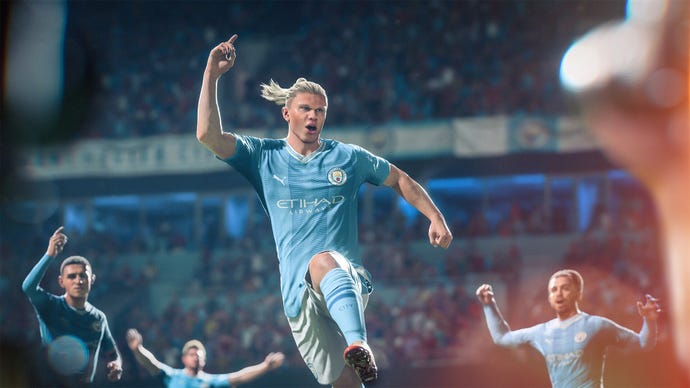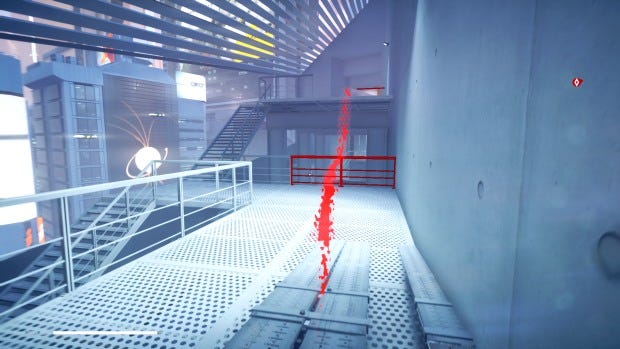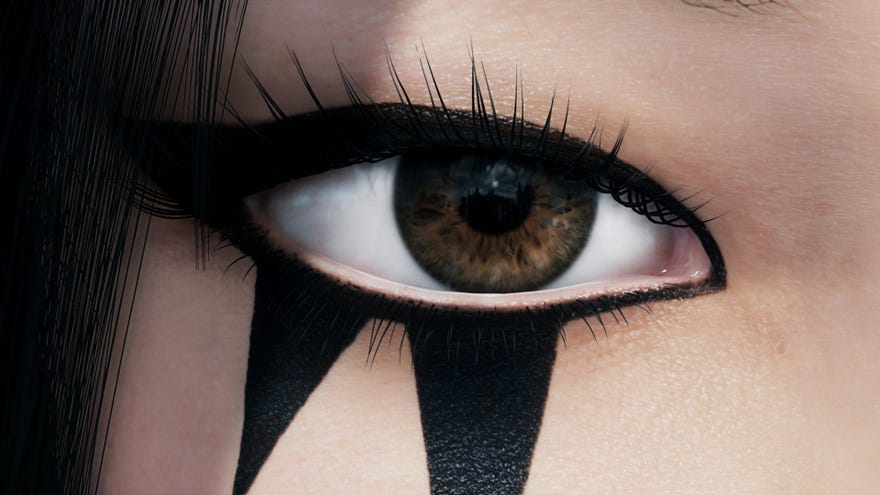EA are making more of their accessibility tech free for other devs to use, including a personal game coach
Plus a photosensitivity analysis tool, route navigation system used in Mirror’s Edge and an automated player that can take over for you
After offering up some of their accessibility inventions for free a couple of years ago - including the context-aware ping system seen in Apex Legends and code for a colourblindness tool - Electronic Arts are opening up even more of their accessibility features for anyone to use.
Included in the latest batch of tools released as part of EA’s promise to share accessibility tech with the industry are four patents and a tool for helping analyse photosensitivity risks with games.
The photosensitivity analysis tool is called Iris, and effectively looks at frames within videos that could trigger reactions in those with epilepsy or affected by other photosensitive symptoms - for instance, due to flashing lights or other “rapidly changing spatial patterns”.
EA themselves have used the tech in sports games including Madden and recent FIFA replacement EA Sports FC 24, with plans to use it more widely in the future.

In the case of Iris, any developer can go and grab the code for the tool to start using it for free.
The other four accessibility features made public by EA aren’t readymade tools in the same way, instead being patents that EA have effectively made open-source - so anyone can create their own version of the patented tech without being sued.
The first is an especially nifty concept for Automated Player Control Takeover, which automatically detects if a player stops controlling a game - for example, during moments where motor, cognitive or visual disabilities may be affecting them. When that happens, the tech aims to take temporary control of the game, mimicking the player’s movements and inputs within the game itself until the player can regain control.
Along similar lines is the patent for an Adaptive Gaming Tutorial System, which caters tutorials and such to each player’s level of skill or way of playing. The patent suggests that the tailored guidance could help disabled players by adjusting the game’s tips on controls and so on to suit their way of playing.

That custom advice is taken a step further in the ambitious-sounding patent for an Animated and Personalized Coach for Video Games. Going beyond just tailoring tips, this is outlined as an animated coach of some kind who gives you feedback on your performance in the game, through both “in-game and out-of-game insights”. Having an animated character coach you on how to play could apparently help players to enjoy their chosen game more, finding it easier to change their play style in response to the custom feedback.
The last patent is something that is more than just an idea and has actually been used in a game, appearing in Mirror’s Edge sequel Catalyst. The Route Navigation System works to create routes and navigation pointers through “large and complex game environments” - effectively sounding like a more advanced version of getting GPS directions in open-world games like Saints Row or GTA. EA noted that displaying guidance such as navigation lines can aid with cognitive and visual accessibility when traversing in-game environments.
Again, these patents are there for devs to concoct their own solutions to, rather than being able to grab existing code for the features. Still, it’s lovely to see accessibility features becoming ever-more widespread in games, and even major publishers not keeping their tech that can help more people enjoy games locked behind some kind of commercial protection. As developers come up with their own solutions based on these ideas, hopefully we’ll see those likewise shared around in an industry-wide effort to improve accessibility for all.


